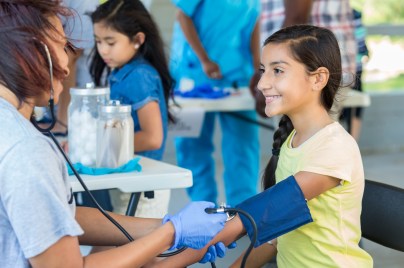Vaccines: Our history, our legacy
We've been working to discover and develop vaccines for more than a century
May 8, 2024
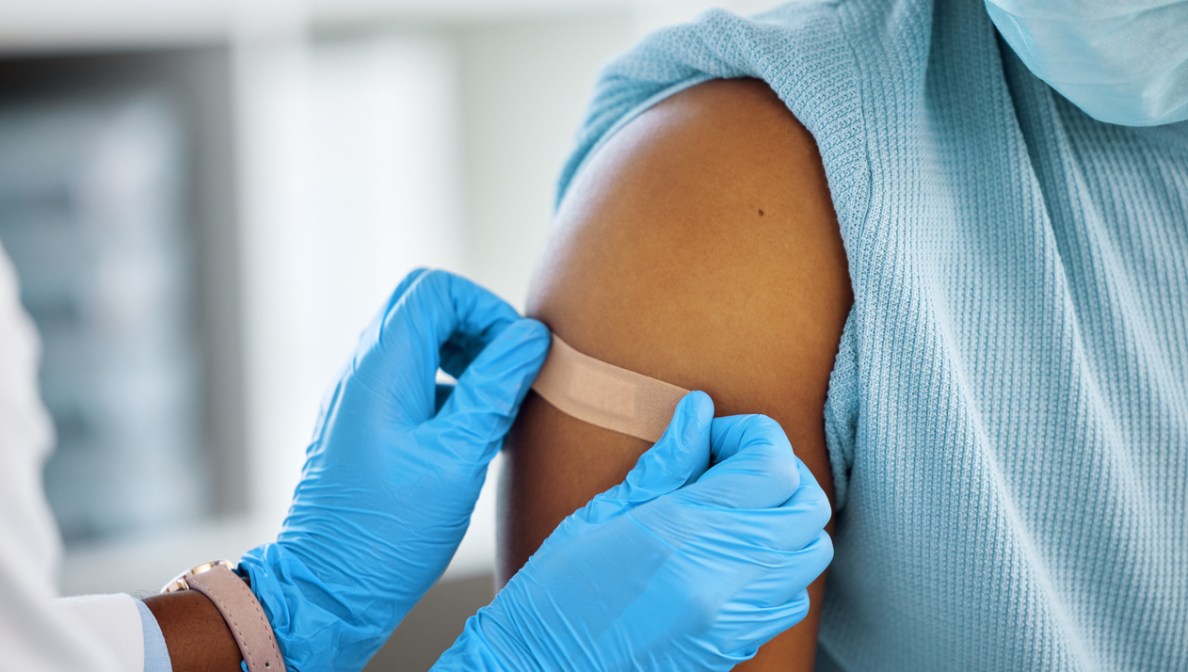
“An epidemic of diphtheria is almost inevitable here. Stop. I am in urgent need of one million units of diphtheria antitoxin. Stop. Mail is only form of transportation. Stop.”
- Dr. Curtis Welch
This was the desperate radio telegram in January 1925 from Dr. Curtis Welch in Nome, Alaska, to all the major Alaska towns, to territorial governor Scott Bone in Juneau, and to the U.S. Public Health Service in Washington, D.C. Diphtheria was spreading through the icebound community. Children had already died, and the local supply of diphtheria antitoxin had expired the previous summer.
Known as the “Great Race of Mercy,” it’s an iconic story of human compassion.
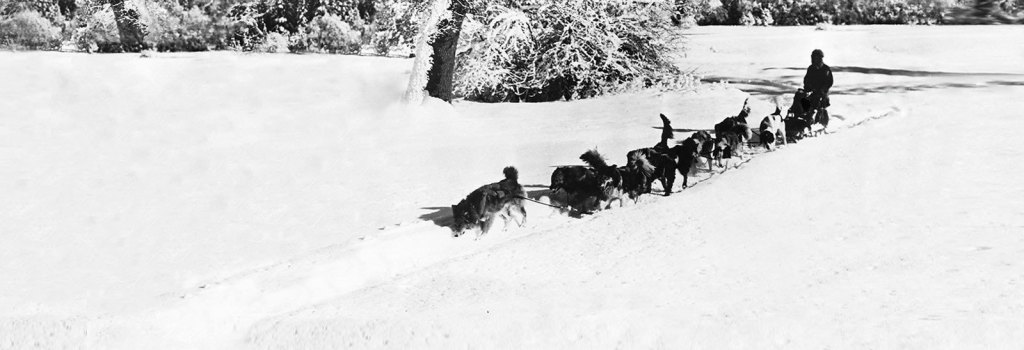
Weather prevented delivery by air, so relay teams of sled dogs and their mushers raced against the clock to deliver 300,000 units of antitoxin, which was produced by Merck legacy company H.K. Mulford. They completed the 674-mile journey over what later became known as the Iditarod Trail in a record-breaking five days and seven hours despite whiteout conditions and temperatures of 50 degrees below zero.
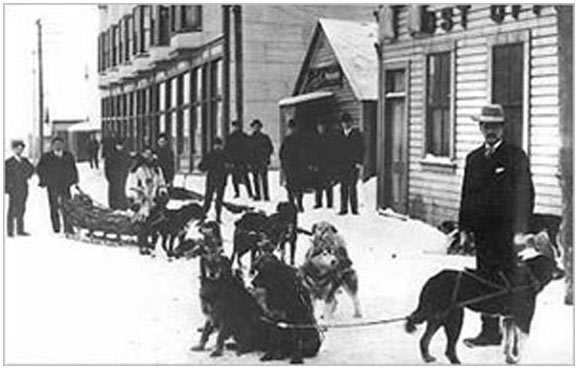

Over 130 years of vaccine leadership
In 1895, the H.K. Mulford Company began marketing the first commercially available diphtheria antitoxin in the U.S., the very medication that helped avert the diphtheria epidemic in Nome. Today, we have a significant presence in vaccine discovery, development and distribution in both human and animal health.
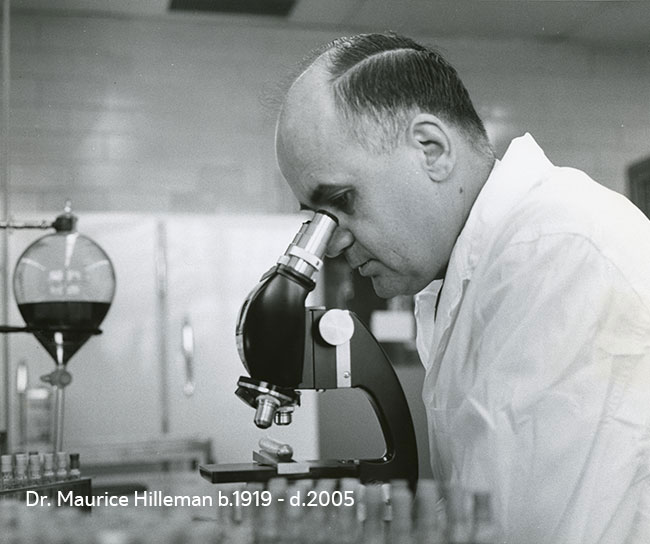
The vaccine pioneers
Merck’s Dr. Maurice Hilleman belongs to a distinguished group of vaccine pioneers — including Edward Jenner, Louis Pasteur, Jonas Salk and Albert Sabin. Hilleman is credited with helping to develop more than 40 vaccines and his impact on public health is undeniable.
Vaccines are not just for children
The U.S. Centers for Disease Control and Prevention consider vaccines to be one of the 10 great public health achievements of the 20th century. In the U.S., vaccines are now available for a number of infectious diseases that once routinely affected people. While there are many vaccines available for children, it’s important to remember that adults also are susceptible to vaccine-preventable infectious diseases.

Each year in the U.S., thousands of adults suffer complications from these diseases. In low- and middle-income countries the toll is even higher.


